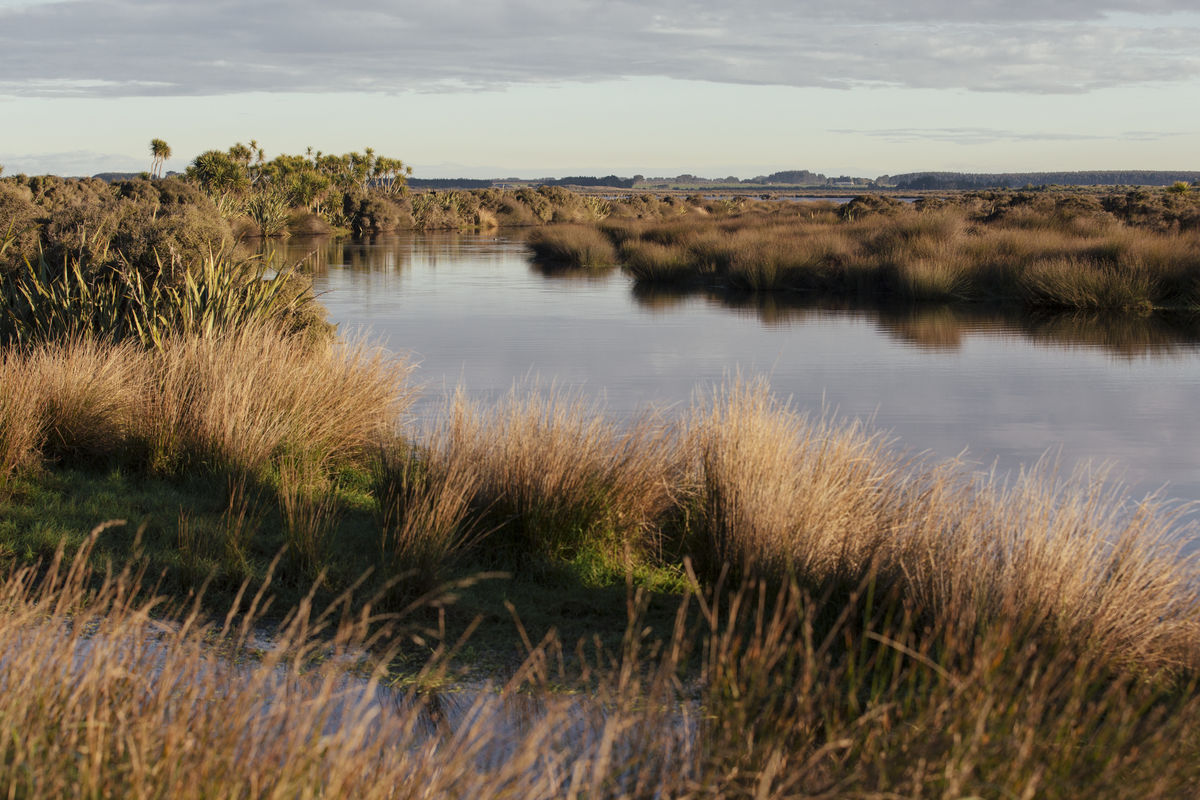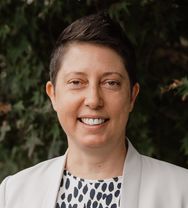
Long-term benefits outweigh costs of catchment-wide environmental restoration
May 3, 2023
That’s the conclusion of a recently commissioned report that compared the costs and benefits of three different approaches to the environmental restoration of the Waituna Lagoon and surrounding catchment.
The report was commissioned by Living Water, a 10-year partnership between Fonterra and the Department of Conservation (DOC) set up to trial tools and approaches to improve freshwater quality and biodiversity. Living Water is a partner in the Whakamana Te Waituna Project, which brings together iwi and local organisations to improve the health of Waituna Lagoon, a coastal wetland that has enormous cultural and scientific value. Land development to support intensified agricultural production over the past century has led to increased flows of nutrients and sediment into the lagoon.
Sarah Yarrow, Living Water National Manager, says without significant changes to reduce nutrient flows the Waituna Lagoon could shift to an irreversible algal-dominated state with a devastating impact on local fish, bird and invertebrate populations, a loss of mahinga kai and recreational opportunities.
“The consequences of inaction for Waituna Lagoon and the rich biodiversity that relies upon it are truly dire”, says Yarrow. “Living Water joined the Whakamana Te Waituna Partnership because of the huge opportunity to trial innovative approaches to farming and freshwater management. Sediment and nutrients flowing into the lagoon need to be reduced by at least 50% (and a recent report from Environment Southland indicated reductions as large as 90%) if we’re to have any chance of preventing catastrophic changes to the lagoon’s ecosystem.”
Living Water investigated the economic costs and benefits of three alternative approaches to reducing the nutrients and sediment discharging into Waituna Lagoon. The first was a series of on-farm interventions, such as reducing autumn fertiliser application by 50%, which would lead to a reduction in milk solid production and loss of earnings for farmers. The second approach was a series of catchment-wide interventions, such as purchasing and retiring farmland to create wetlands mid-catchment (50 hectares) and lower catchment (100-200 hectares). The third approach used the on-farm interventions scenario but with no land purchase around Waituna Lagoon.
While it’s commonplace to conduct cost benefit analyses of environmental restoration programmes, it’s relatively rare to conduct an analysis that compares and contrasts different approaches says Yarrow.
“By comparing approaches, we can see what would work best to improve the health of the Lagoon”, says Yarrow. “Equally important was understanding the costs and benefits over time from choosing one approach over the other. With a catchment-wide approach, the upfront cost of purchasing and retiring land is very high, but once a wetland’s established the costs diminish and nature does the work of improving the water. Though the on-farm approach is cheaper initially it impacts farmers’ incomes and livelihoods every year. And the clincher is the catchment-wide approach will achieve greater reductions in nutrients and sediment entering the lagoon, whereas the on-farm approach is unlikely to be as successful.”
Improving the health of the Waituna Lagoon will be an expensive undertaking. The report identified costs outweighing benefits in the short-term (over 10 years) for all approaches, though over twenty years the catchment-wide approach would return greater benefits than costs. A significant number of benefits are not included in the scope of the report that may be of great value to the community, such as cultural, ecological and scientific values.
Yarrow says the conclusion is consistent with what Living Water has learnt about working at a catchment level.
“While being more expensive initially, catchment-level interventions yield better results and this provides strong support for making investment decisions for the long term. We’ve also learnt people are at the heart of improving water quality and biodiversity”, says Yarrow. “It’s only when we work together at a catchment level accessing all the available data and knowledge to make systemic changes to waterway management that we can achieve real improvements in freshwater quality.”
The full report can be found here
